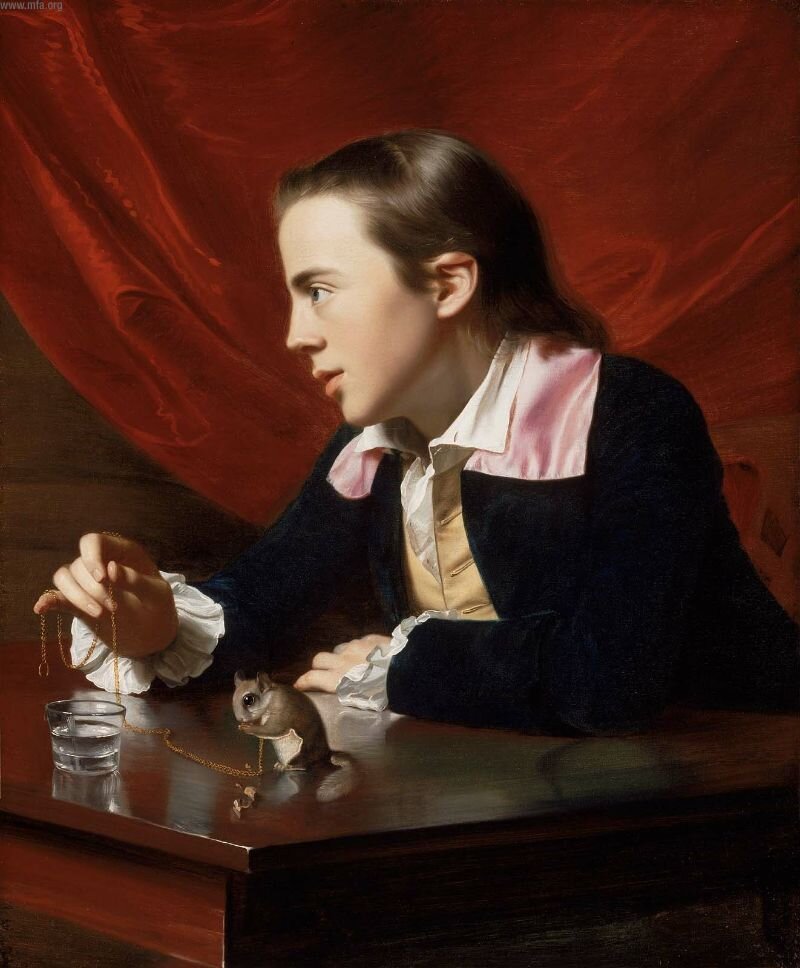Strategic Patience
John Singleton Copley, Boy with a Squirrel (1765), oil on canvas.
Art and architecture history professor Jennifer Roberts requires her students to write a twenty-page research paper on a single work of art.
Before they begin the research, however, they are expected to spend three hours in front of the actual work.
No electronic devices.
No distractions.
They have to rely on their vision, curiosity, and skills of observation to navigate the slow passing of time.
She says, "Just because you've looked at something doesn't mean you've seen it. Just because something is available instantly to vision does not mean that it is available instantly to consciousness.
Or, in slightly more general terms, just because you have access to something doesn't mean you have learned it. What turns access into learning is time and strategic patience…
For me, this is not just a lesson for people who are going to become art historians or go to museums. It's a key lesson for students to see the value of critical attention, patient investigation, and — I think most crucially — it's a lesson in being skeptical about immediate surface appearances. And I can't think of very many skills that are more important in the twenty-first century than that."
See also: Harvard Initiative for Learning and Teaching 2013 conference on "Essentials"

